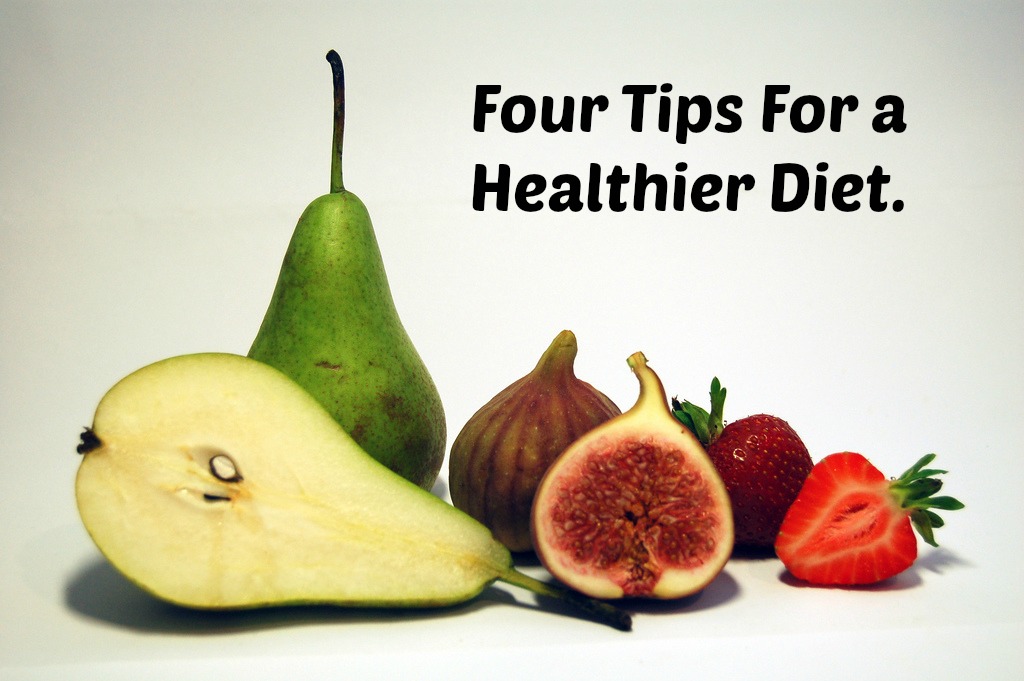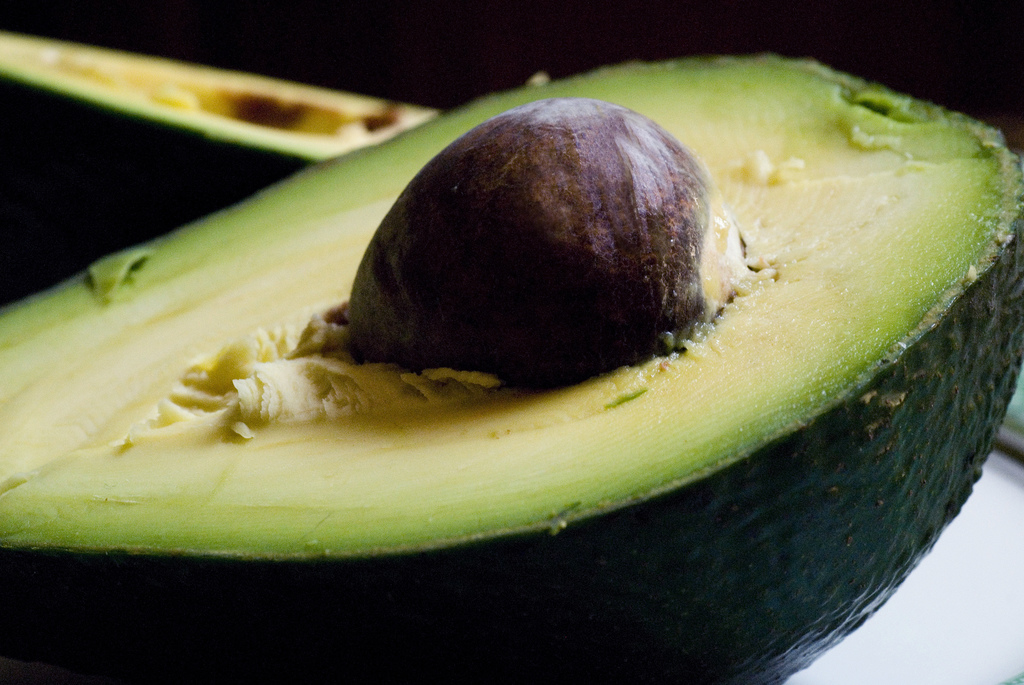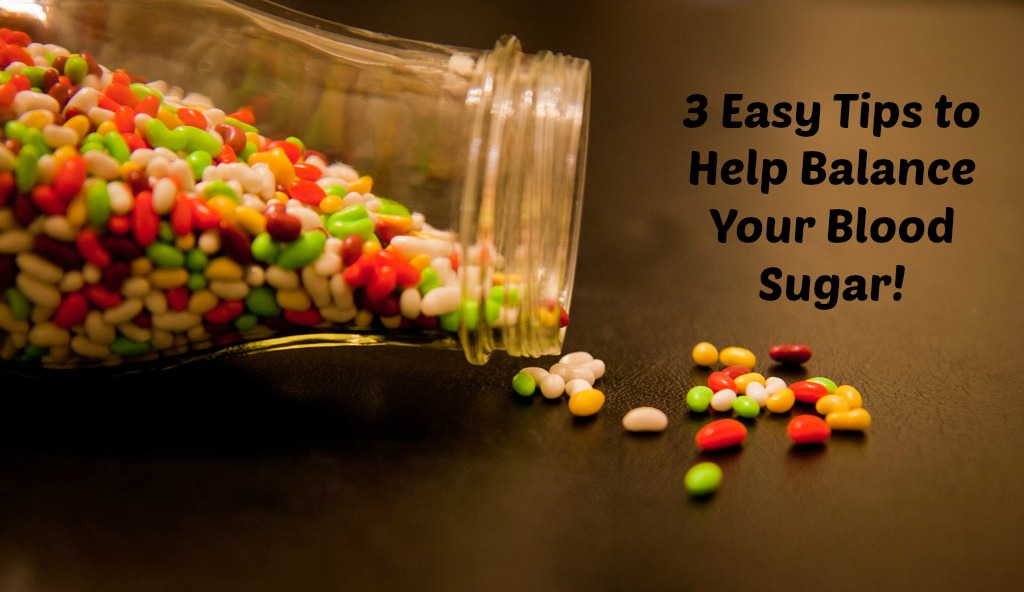With all the recent research being released about the detrimental effects of sugar on the body, many people are looking to reduce their sugar consumption. Excessive sugar consumption has been shown to lead to insulin resistance, increased stomach fat, increased inflammation in the body and a suppressed immune system. Unfortunately, for people eating a Standard American Diet which includes lots of processed food, sugar is impossible to avoid. It is added in the places you would expect like cookies, candy and pastries but also has a big presence in items like ketchup, yogurt, breads, pasta sauces, cured meats and chicken nuggets. It is ubiquitous in the American food system. However, there are some steps you can focus on to help you successfully avoid added sugar.
- Focus on a whole foods diet. The more you eat foods which are in their natural state like apples, broccoli, whole grains and leafy greens, the easier it will be to avoid added sugar. Steer clear of food in a package. Sugar is often added to packaged food to improve it’s flavor. If you experience a sugar craving, look for a whole foods option to meet that need. Fresh fruit make an amazing nutrient dense snack!
- Read labels. If you do buy food in a package, read the label. If sugar or one of its forms is listed in the first 3 ingredients, it is probably an item you want to avoid. High-fructose corn syrup, brown rice syrup, agave, corn sweetener, demerara, barley malt, evaporated cane juice, beet sugar, evaporated cane juice solids, fruit-juice concentrates, dextrose, fructose and lactose are just a few of the many names for sugar.
- Set a realistic time frame for avoiding sugar. Humans are hard wired to like sugar. Our typical first food, breast milk, gets 40% of it’s calories from lactose, a disaccharide sugar. This sugar serves an important purpose for babies, helping to colonize their guts with healthy bacteria. Given our predisposition to crave sugar, it may be hard to banish sugar indefinitely from your diet. Think realistically about how long you think YOU can avoid sugar. Even if you start with eliminating it for only one day that reset will get you thinking about the places sugar hides in your life. Usually if you can avoid sugar for at least three days, your body will begin to crave it less and your taste buds will begin to reset to hunger for less sugar. Set a realistic goal for yourself so you can experience success. As you get more confident in your sugar-free life, you can always increase the length of your goal.
Photo by Logan Brumm on flickr.




